PALU, Indonesia—Indonesian authorities scrambled to get food, aid and equipment into quake-hit Sulawesi island on Oct. 1 as the death toll from the disaster soared to 832 and looked certain to rise as rescuers struggled to reach devastated outlying communities.
Dozens of people were reported to be trapped in the rubble of several hotels and a mall in the city of Palu, which was hit by waves as high as six meters (20 feet) following the 7.5 magnitude earthquake on Sept. 28.
Hundreds more were feared buried in landslides that engulfed villages in surrounding areas.
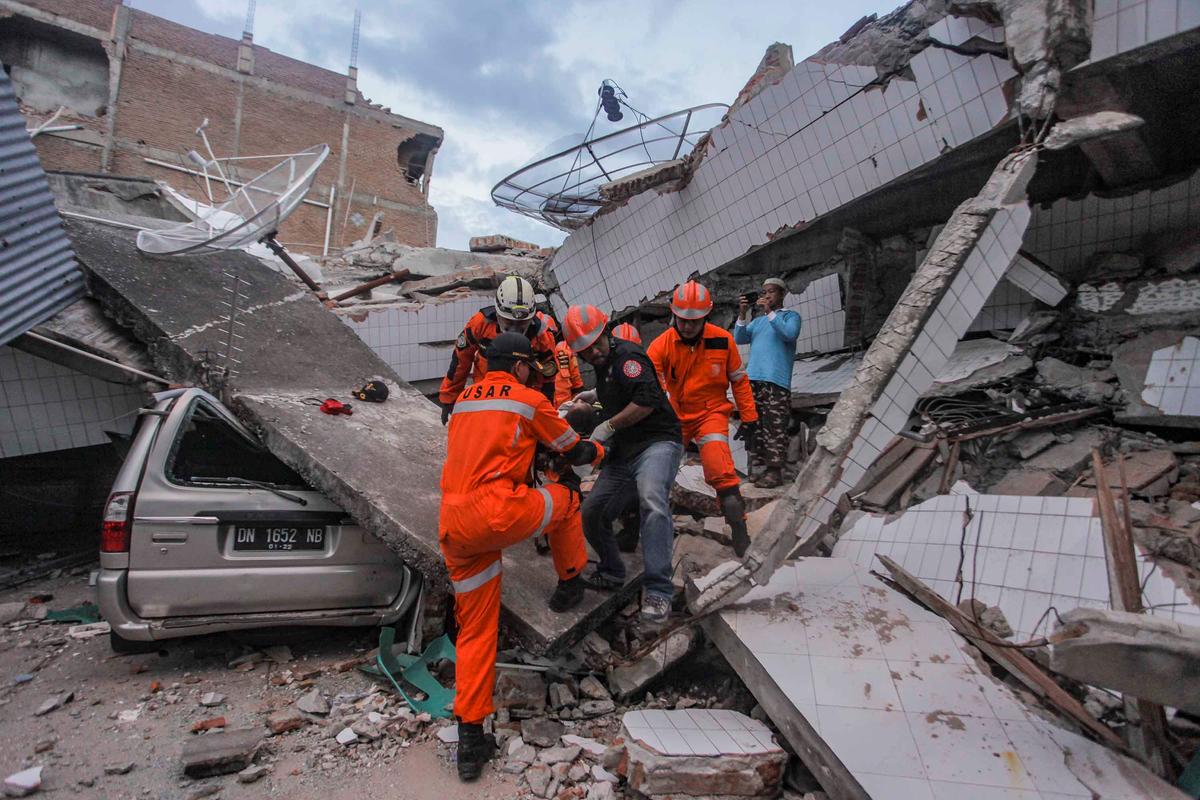
“Grieve for the people of Central Sulawesi, we all grieve together,” President Joko Widodo said on Twitter late on Sept. 30.
Most of the confirmed deaths were in Palu itself and authorities were bracing for the toll to climb as connections with outlying areas are restored.
Of particular concern is Donggala, a region of 300,000 people north of Palu and close to the epicenter of the quake, and two other districts, which have been cut off from communications since Sept. 28.
“We haven’t received reports from the three other areas. Communication is still down, power is still out. We don’t know for sure what is the impact,” Sutopo Purwo Nugroho, a spokesman for the National Disaster Mitigation Agency, told a news conference.
Along with Palu, 1,500 km (930 miles) northeast of Jakarta, these districts have a combined population of about 1.4 million.
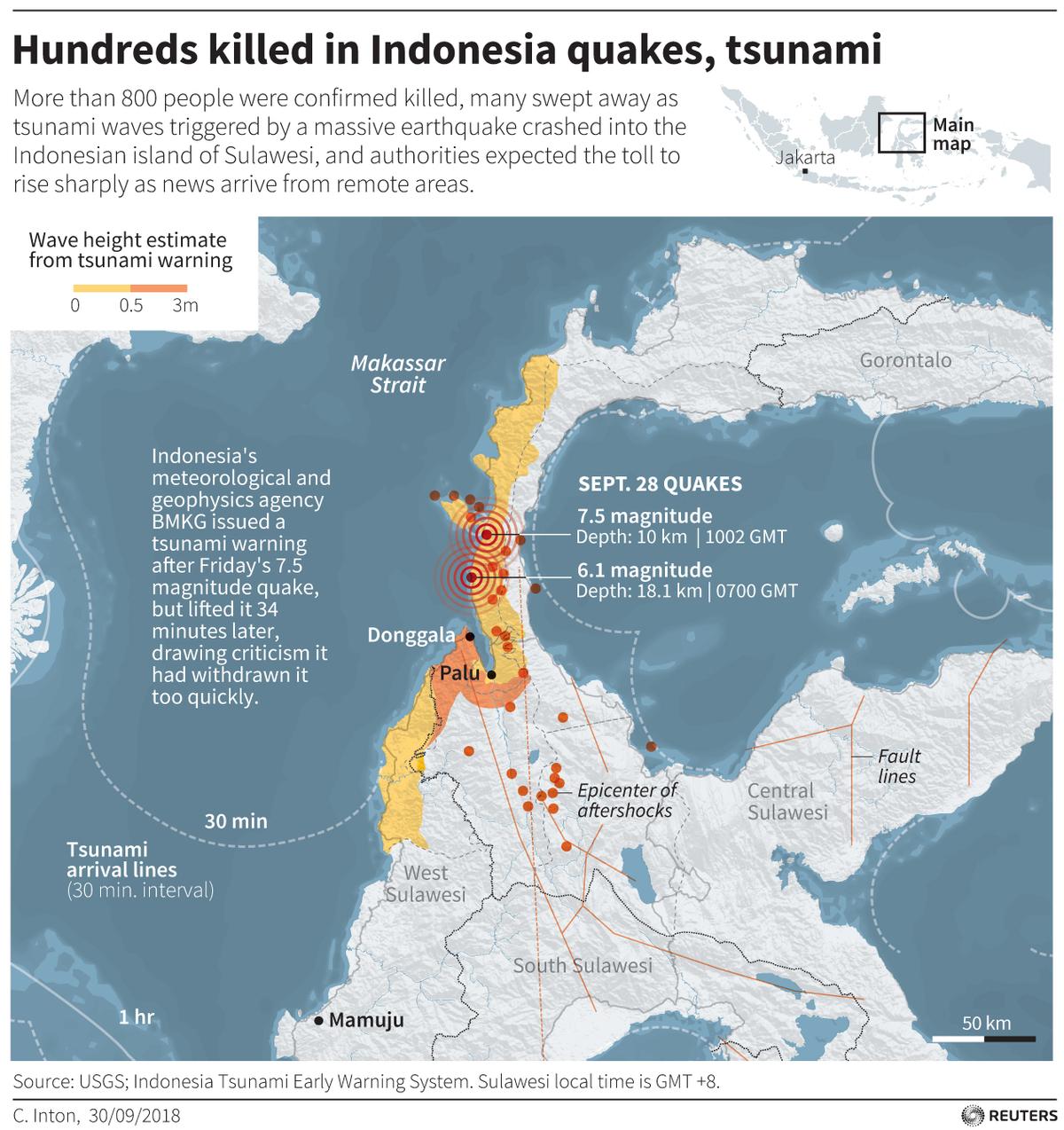
Pledge to Rebuild
Five foreigners—three French, one South Korean and one Malaysian—were among the missing, Nugroho said.Authorities were preparing a mass grave in Palu to bury the dead as soon as possible after they were identified to prevent the spread of disease, he said on Twitter on Oct. 1.
Vice President Jusuf Kalla said the death toll could rise into the thousands.
President Widodo visited a housing complex, flattened when the quake liquefied the soil it stood on, on Sept. 30 and called for patience.
“I know there are many problems that need to be solved in a short time, including communications,” he said.
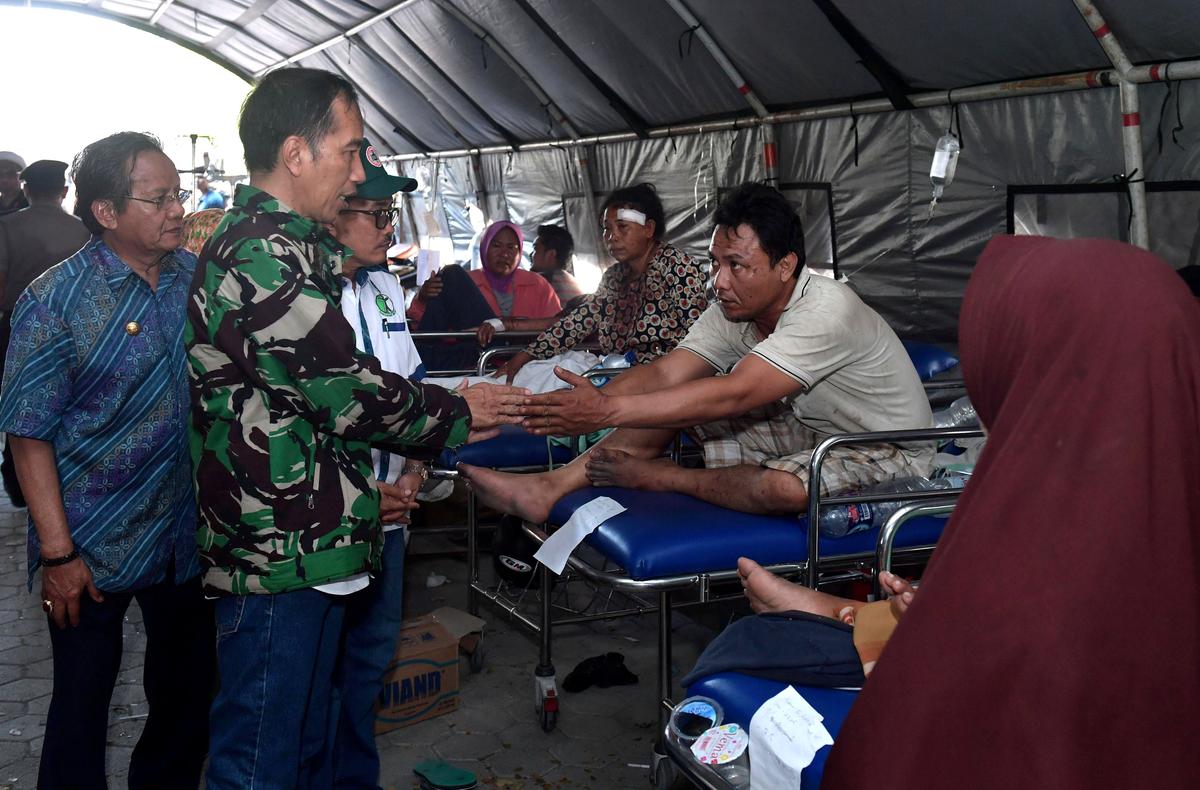
The ruins would be rebuilt, Widodo said, as aftershocks continued to rattle the region.
Footage of the ruined city showed a crumpled mess of houses, cars and trees mashed together by the quake, with rooftops and roads split and left at all angles.
“There are estimated to be many victims in this area. Evacuation is difficult because many collapsed houses are buried in soil,” Nugroho said on Sept. 30 evening.
Internal Affairs Minister Tjahjo Kumolo, asked on social media about reports of looting, said he had ordered authorities to help people get food and drink and businesses would be compensated. One video posted on YouTube showed people grabbing boxes of supplies from a truck.
Television pictures showed scores of residents shouting “we’re hungry, we need food” as soldiers distributed rations from a truck in one neighborhood, while footage from elsewhere showed people making off with clothes and other items from a wrecked mall.
State logistics agency chief Budi Waseso said it was preparing to send hundreds of tonnes of government rice stocks to areas in Central Sulawesi affected by the disaster.
Finance Minister Sri Mulyani Indrawati said the government had allocated 560 billion rupiah ($37.58 million) for disaster recovery, media reported.
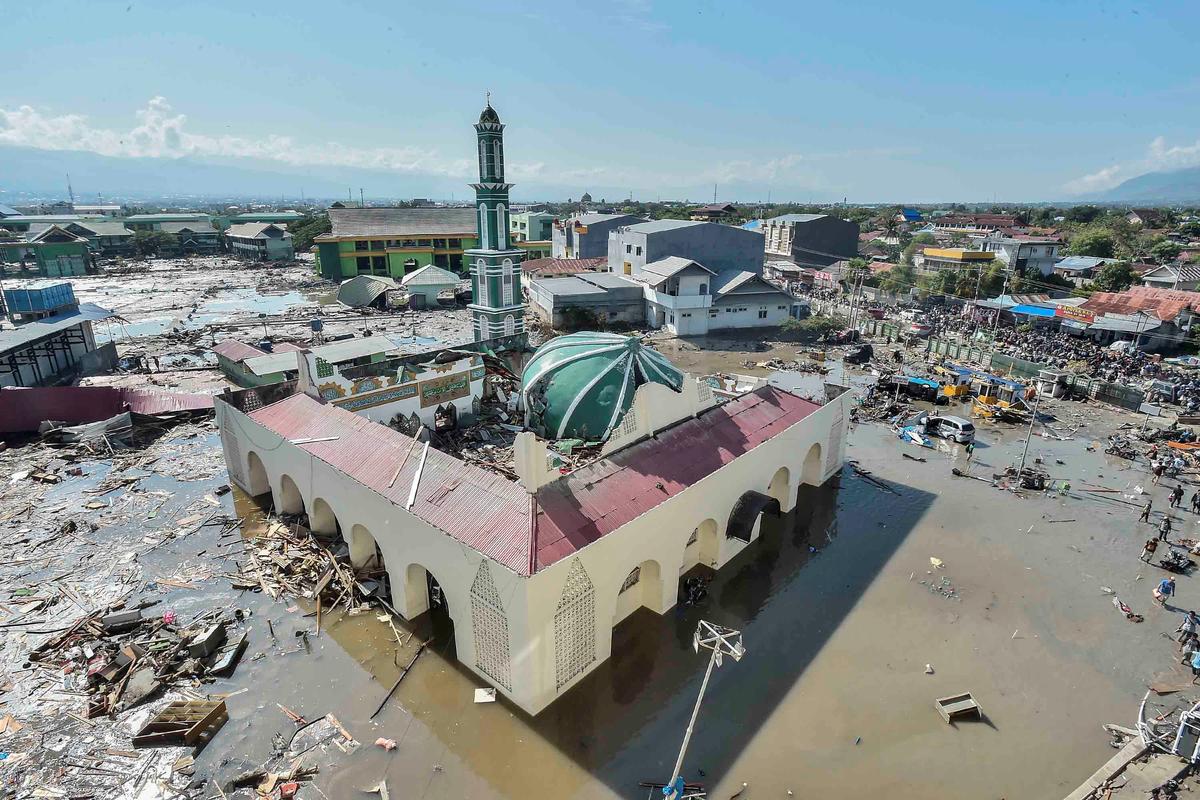
Questions About Warnings
Indonesia, which sits on the seismically active Pacific Ring of Fire, is all too familiar with deadly earthquakes and tsunamis. In 2004, a quake off Sumatra island triggered a tsunami across the Indian Ocean that killed 226,000 people in 13 countries, including more than 120,000 in Indonesia.Questions are sure to be asked why warning systems set up after that disaster appear to have failed on Sept. 28. Nugroho, bemoaning a fall in funding, said none of Indonesia’s tsunami buoys, one type of instrument used to detect the waves, had been operating since 2012.
The meteorological and geophysics agency BMKG issued a tsunami warning after the quake but lifted it 34 minutes later, drawing criticism it had been too hasty. However, officials estimated the waves had hit while the warning was in force.
Neighbors including Australia, Thailand and China offered help and Pope Francis, speaking to thousands in St. Peter’s Square, said he was praying for the victims.
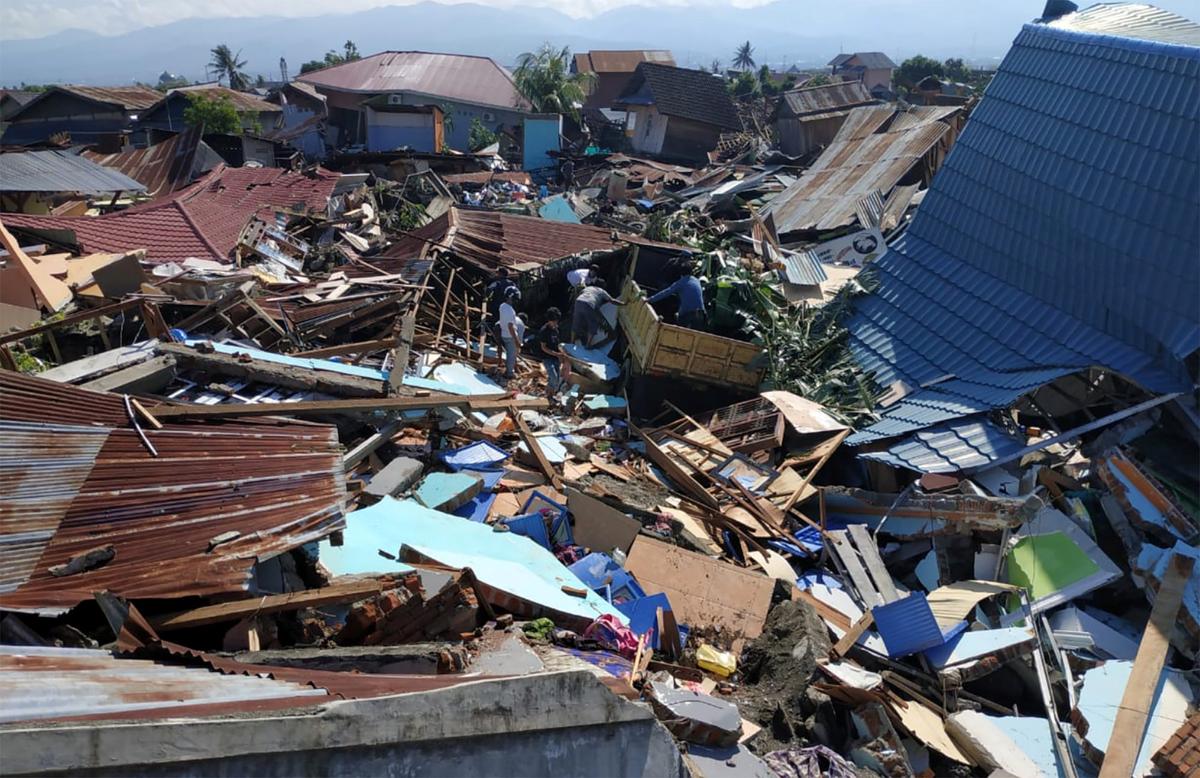
The European Union announced 1.5 million euros ($1.74 million) in immediate aid.
Indonesia has the world’s largest Muslim population but also significant pockets of Christians, including on Sulawesi, which is one of the archipelago nation’s five main islands.
$1 = 0.8615 euros

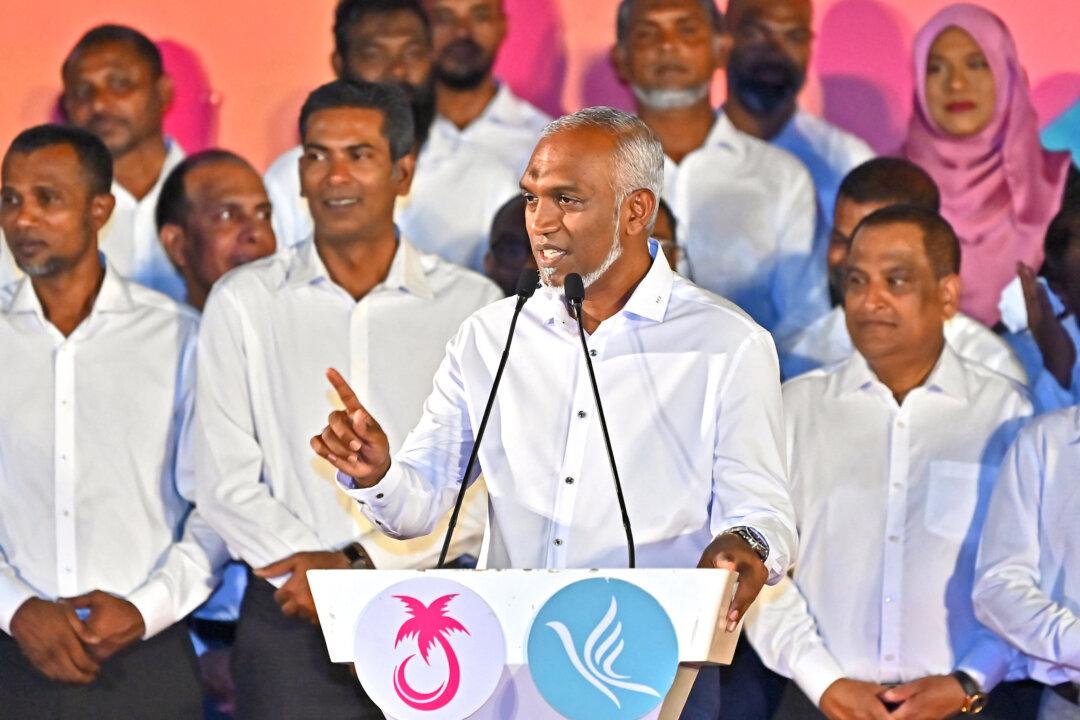
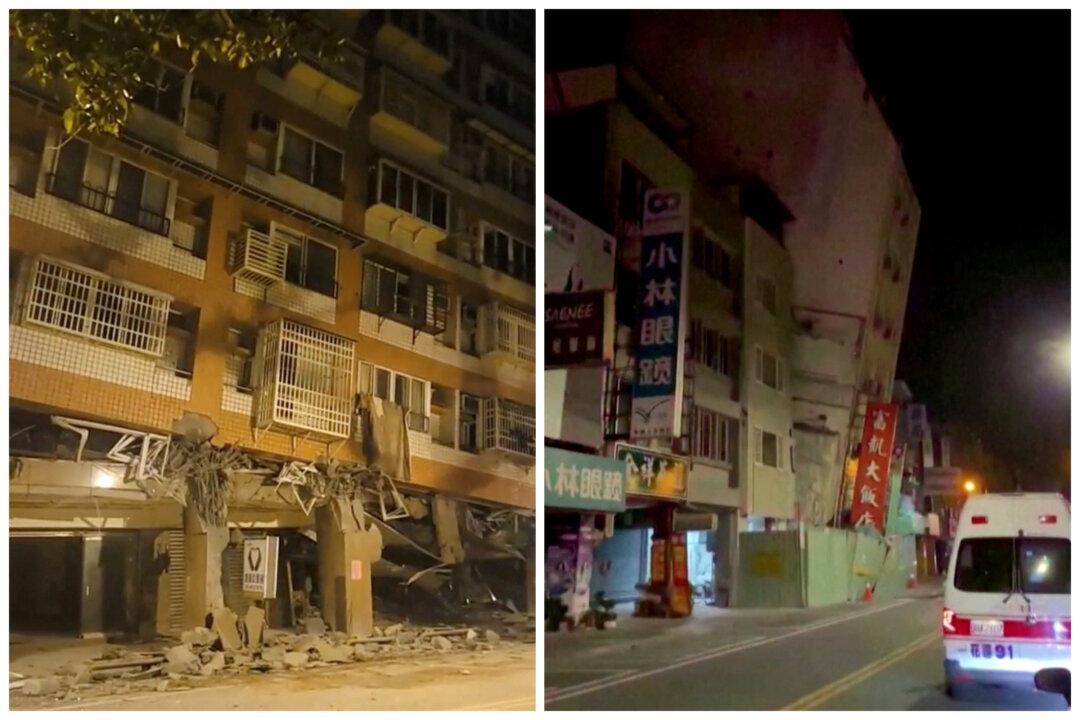
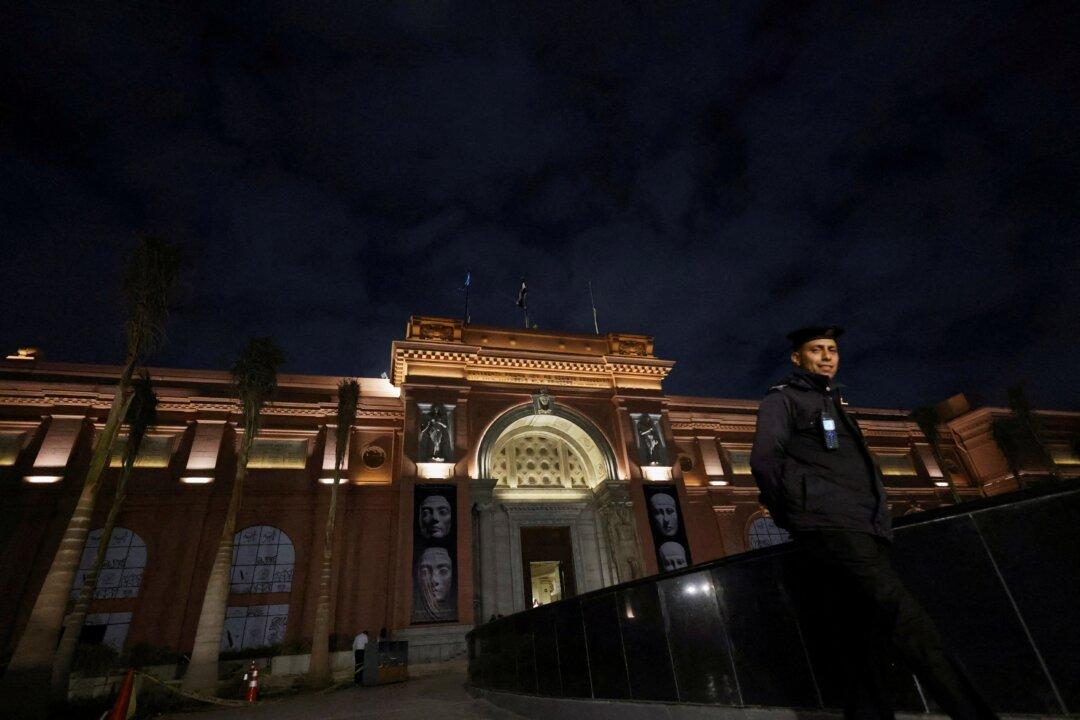
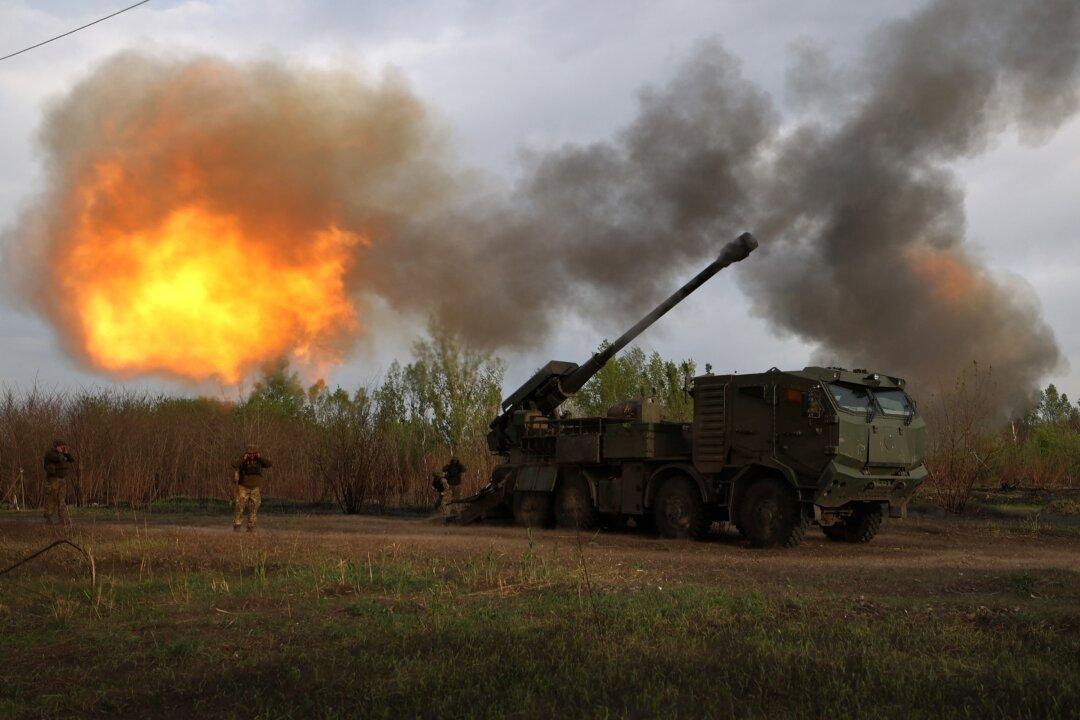
Friends Read Free